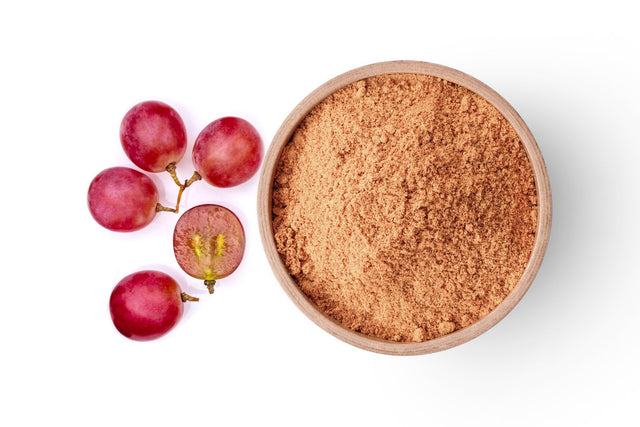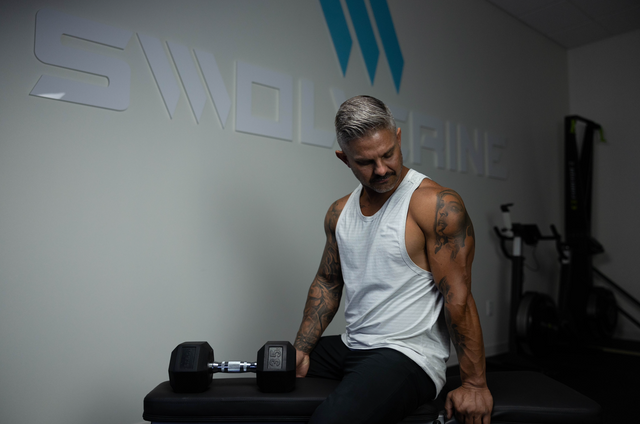Have you ever wondered why women tend to carry more body fat than men—even when eating clean, training hard, and staying active? You're not alone. This age-old question isn't about willpower—it's rooted in biology, hormones, and evolutionary design.
In this article, we’re breaking down the science behind why women naturally store more fat than men, how fat is formed and stored, and what you can do to effectively burn body fat—without falling for fads or misinformation. Whether you’re optimizing your fitness journey or simply want to better understand your body, this guide gives you the facts, the physiology, and the strategies backed by science.
What Is Body Fat?
Body fat, also called adipose tissue, is a specialized connective tissue composed primarily of fat-storing cells called adipocytes. It plays essential roles in:
-
Energy storage
-
Hormone production
-
Protection of organs
-
Thermal regulation
The two primary types of body fat are:
-
Subcutaneous fat – stored under the skin
-
Visceral fat – surrounds internal organs and is more metabolically active
A balanced level of body fat is critical for reproductive health, hormone function, and overall well-being.
How Is Body Fat Formed?
Body fat is formed when you consume more calories than your body needs for energy. The excess is converted into triglycerides, which are stored in adipocytes. This process is influenced by hormones such as insulin, cortisol, estrogen, and testosterone (Rosen & Spiegelman, Nature).
Over time, if a caloric surplus persists:
-
Fat cells expand
-
New fat cells may form
-
Fat may be stored in organs and muscles, increasing health risks
Factors such as poor diet, sedentary behavior, stress, inadequate sleep, and hormone imbalance contribute to the accumulation of body fat.
How Is Body Fat Stored?
Fat is primarily stored as triglycerides in adipocytes (fat cells). Additionally, small amounts may accumulate as lipid droplets within muscle tissue. When your body requires energy, such as during fasting or intense physical activity, hormones signal fat cells to break down triglycerides into free fatty acids, which are then used for fuel.
A healthy body fat percentage ranges from:
-
20–25% for women
-
10–15% for men
(National Institute of Diabetes and Digestive and Kidney Diseases, NIH)
As a matter of fact, yes—they do. It all comes down to hormones and our biological makeup, with one vital hormone at the center of it all: estrogen. This key hormone plays a major role in how body fat is stored, distributed, and metabolized in women compared to men.
Why Do Women Have More Body Fat Than Men?
On average, women have 6–11% more body fat than men. This is driven by estrogen, which promotes fat storage to support fertility, fetal development, and lactation (Peter T. Ellison, American Journal of Human Biology).
But Why More Fat if Women Burn More Calories?
Even though women burn more fat during exercise, they lose less total body fat than men. Why? Because women’s bodies are biologically programmed to store fat more efficiently, especially during reproductive years.
Fat Distribution: Women vs. Men
Where fat is stored varies by gender:
-
Women store fat primarily in the hips, buttocks, and thighs. This distribution, known as gynoid fat, offers protection against cardiovascular disease and insulin resistance (Katherine Samaras, The Journal of Clinical Endocrinology & Metabolism).
-
Men store more visceral fat around the abdomen—linked with greater risk of metabolic syndrome and heart disease.
Hormonal shifts during puberty, pregnancy, menopause, and andropause also affect fat distribution:
-
In menopause, declining estrogen promotes abdominal fat gain (Sylviane Lagacé, Nature Reviews Endocrinology)
-
In men, lower testosterone levels with age are associated with increased visceral fat (S. Zitzmann & E. Nieschlag, Endocrine Reviews)
🧠 RELATED ARTICLE: 9 Ways To Naturally Increase Testosterone
Women’s Lipid Profiles Are Often Better
Premenopausal women typically have:
-
Higher HDL (good cholesterol)
-
Lower LDL, VLDL, and triglycerides
This healthier lipid profile offers cardiovascular protection, largely due to estrogen’s influence on lipid metabolism (B.C. Carr, Journal of Clinical Lipidology).
How to Burn Body Fat
Burning fat requires a multi-faceted approach that focuses on caloric balance, muscle mass maintenance, hormonal health, and recovery. Here’s what science supports:
1. Create a Caloric Deficit
Consume fewer calories than you burn. This can be achieved through:
-
Nutrition: Focus on high-protein, whole-food-based diets to support satiety and muscle preservation.
-
Exercise: Strength training and cardiovascular activity both help increase calorie expenditure.
2. Strength Train Regularly
Building and preserving lean muscle increases your basal metabolic rate (BMR), helping your body burn more fat at rest. Aim for:
-
3–5 days/week of resistance training
-
Compound movements like squats, deadlifts, rows, and presses
3. Prioritize NEAT (Non-Exercise Activity Thermogenesis)
Daily movement like walking, standing, and fidgeting contributes more to your daily calorie burn than workouts do. Take walking breaks, use stairs, and stay active throughout the day (Levine et al., Science).
4. Get Enough Sleep
Inadequate sleep disrupts hormones like ghrelin, leptin, and cortisol, which increase hunger and reduce fat-burning (Spiegel et al., Annals of Internal Medicine). Aim for 7–9 hours per night.
5. Manage Stress
Chronic stress elevates cortisol, which promotes abdominal fat storage. Stress-reducing practices include:
-
Mindfulness and meditation
-
Yoga
-
Journaling or breathwork
6. Support Hormonal Health
Optimize levels of estrogen, progesterone, testosterone, and thyroid hormones, especially during transitional life stages. Nutrition, strength training, and sleep all play key roles here—and in some cases, medical intervention may be appropriate under guidance.
Do Women Have More Body Fat Than Men: Takeaway
To sum it up—yes, women do naturally have more body fat than men, typically around 6–11% more. And it’s not a flaw—it’s a biological feature designed to support survival, reproduction, and hormonal balance.
While women are more efficient at burning fat during exercise, they’re also better at storing it, particularly in the hips, thighs, and buttocks—areas that help protect against metabolic diseases. But that doesn’t mean body composition is out of your control.
With a smart approach to:
-
Nutrition
-
Strength training
-
Daily movement
-
Sleep and stress management
-
And hormonal health support—
—you can build a leaner, stronger, and healthier body, no matter your starting point.
Your biology isn’t a barrier—it’s your baseline. And when you understand how it works, you can work with it—not against it.
Find similar articles:
Wellness






